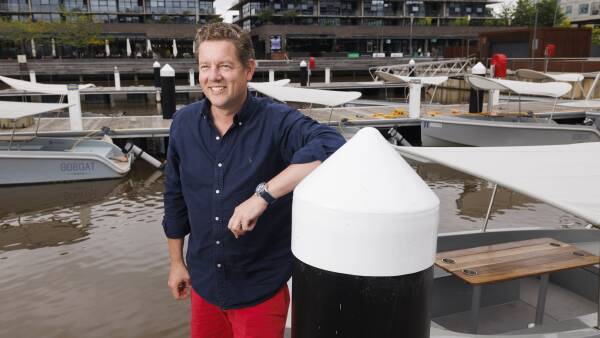Tuberculosis (TB) continues to be a significant global health challenge, claiming over 1.2 million lives and impacting an estimated 10.7 million people in 2024, according to the latest report from the World Health Organization (WHO). Despite progress in diagnosis, treatment, and innovation, persistent funding challenges and inequalities in access to care jeopardize the hard-won gains in combating this infectious disease.
Dr. Tedros Adhanom Ghebreyesus, WHO Director-General, emphasized the urgency of the situation: “Declines in the global burden of TB, and progress in testing, treatment, social protection, and research are all welcome news after years of setbacks, but progress is not victory. The fact that TB continues to claim over a million lives each year, despite being preventable and curable, is simply unconscionable.” The organization aims to build on recent advancements and accelerate efforts to eliminate TB by 2030.
Current Trends and Regional Progress
From 2023 to 2024, the global incidence of TB decreased by nearly 2%, while the death rate fell by 3%. These reductions reflect a revival of essential health services following the disruptions caused by the COVID-19 pandemic. Notably, the WHO African Region achieved a remarkable 28% reduction in TB incidence and a 46% decline in deaths between 2015 and 2024. The European Region reported even greater improvements, with a 39% drop in incidence and a 49% reduction in fatalities.
Despite these positive trends, significant disparities remain. In 2024, 87% of new TB cases were concentrated in just 30 countries, with eight nations—India (25%), Indonesia (10%), the Philippines (6.8%), China (6.5%), Pakistan (6.3%), Nigeria (4.8%), the Democratic Republic of the Congo (3.9%), and Bangladesh (3.6%)—accounting for 67% of the total. The WHO highlights that while timely treatment has saved approximately 83 million lives since 2000, these concentrated cases pose a complex challenge.
Funding Gaps and Future Challenges
A critical barrier to ending TB globally is the stagnation of funding, which has not increased since 2020. In 2024, only US$5.9 billion was allocated for prevention, diagnosis, and treatment, amounting to just over a quarter of the US$22 billion target set for 2027. Anticipated cuts to international donor funding from 2025 onward could lead to dire consequences, potentially resulting in an additional 2 million deaths and 10 million new cases of TB between 2025 and 2035.
The report also underscores the importance of addressing social determinants of health, such as undernutrition, HIV infection, diabetes, smoking, and alcohol use, which continue to drive the TB epidemic. The WHO’s findings indicate that social protection coverage among high-burden countries is highly uneven, with rates ranging from 3.1% in Uganda to 94% in Mongolia, and 19 countries reporting coverage below 50%.
Global TB research funding remains inadequate, with only US$1.2 billion allocated in 2023, which constitutes 24% of the targeted amount. Despite these challenges, the WHO reports notable advancements in TB diagnostics and treatments, with 63 diagnostic tests in development and 29 new drugs in clinical trials. Additionally, 18 vaccine candidates are currently undergoing clinical trials.
Dr. Tereza Kasaeva, Director of the WHO Department for HIV, TB, Hepatitis and STIs, stated, “We are at a defining moment in the fight against TB. Funding cuts and persistent drivers of the epidemic threaten to undo hard-won gains, but with political commitment, sustained investment, and global solidarity, we can turn the tide and end this ancient killer once and for all.”
The WHO calls for renewed political commitment, increased domestic investment, and intensified research efforts to ensure progress continues in the global fight against tuberculosis.



































































